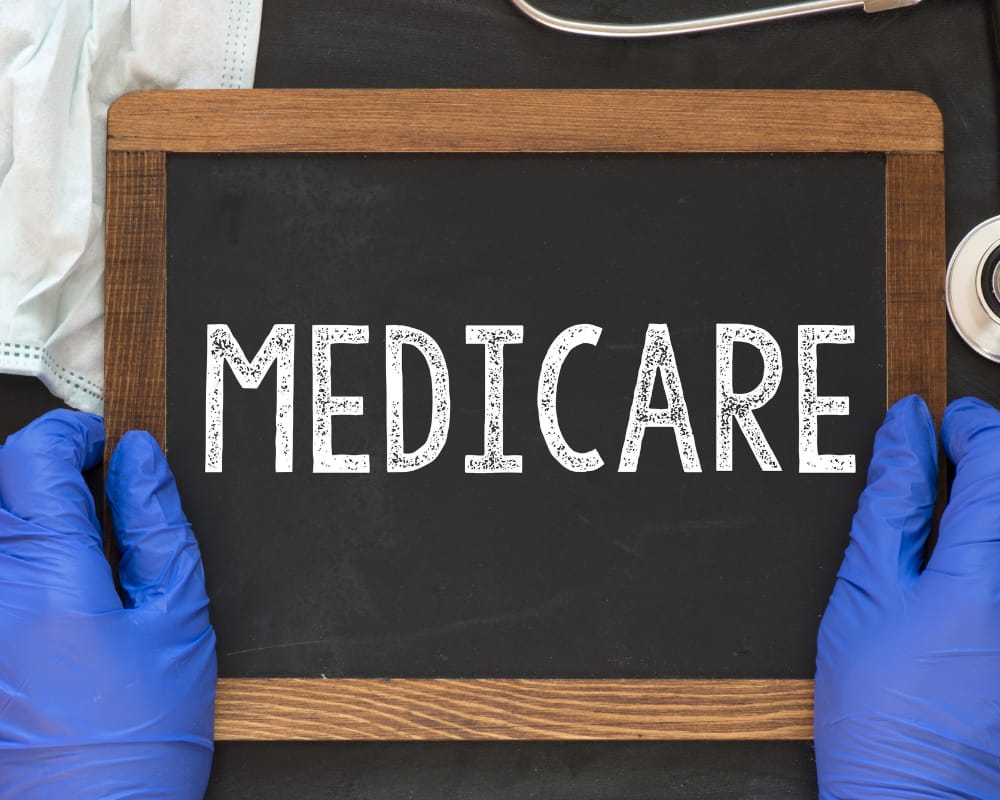Medicare’s authority to negotiate drug prices has now been upheld in more than a dozen federal courts, cementing its place as a permanent fixture of U.S. healthcare policy. For Medicare beneficiaries, this is historic. But the ripple effects won’t stop at age 65. What began as a debate about lowering costs for seniors is now viewed as a precedent-setting experiment with broad implications. Employers and commercial health plans are watching closely to see if Medicare’s negotiated prices will set new benchmarks in the private market.
Employers don’t have to wait to feel the pressure. The International Foundation of Employee Benefit Plans projects that U.S. employers will face a 10% increase in healthcare costs in 2026, with prescription drugs identified as a major driver. For employers already struggling to balance affordability with workforce health, waiting for negotiated prices to trickle into the commercial space isn’t an option. They must prepare now by realigning formularies, tightening benefit designs, and most importantly, addressing the everyday barriers employees face when filling prescriptions in the first place.
Coverage Doesn’t Equal Access
Negotiated prices affect more than government budgets. Drugmakers rarely operate separate supply chains for Medicare and commercial markets. As negotiated prices take effect, they could influence rebate structures, contract terms, and the baseline expectations of employers.
Employers often naturally assume that providing prescription coverage means employees will be able to use it without barriers. However, research consistently shows that this isn’t true. According to the recent West Health-Gallup “Healthcare & Aging Survey” data dashboard, 31% of respondents reported being concerned about their ability to pay for prescription drugs within the next 12 months.
These abandoned prescriptions typically do not appear in claims data until the condition worsens. An employee who skips their maintenance inhaler for asthma may not trigger a dashboard alert, but an ER visit for subsequent respiratory distress will. What could have been a $30 script becomes a $3,000 medical event. Coverage without coordination leaves employees making sacrifices to their health and employers blind to these real risks.
Employers already struggling with premium growth and rising pharmacy spending will face sharper questions from employees about why a drug costs less for Medicare beneficiaries than for a working family with employer coverage. For plan sponsors, the question isn’t whether Medicare negotiation matters; it’s how quickly those ripple effects will surface in commercial markets.
Anticipating the Downstream Effects
There are several ways the negotiation program could spill into the commercial sector:
- Benchmark pricing: Medicare’s negotiated rates could become reference points in negotiations between commercial plans and manufacturers.
- Formulary shifts: As the prices of negotiated drugs drop, plans may need to realign their formularies to capture savings and ensure members don’t face unnecessary costs.
- Contract renegotiations: PBMs and insurers may revise agreements midstream, particularly in high-cost categories such as oncology and immunology.
The challenge is timing. Medicare’s first negotiated prices go into effect in 2026, but employers that wait until then may miss the chance to incorporate these anticipated and likely reductions into benefit design.
Why Fragmented Tools Fall Short
Many employers still lean on discount apps, coupons, and patient-facing portals as their primary affordability tools. However, studies show that these solutions are underused and often distrusted. A Harris Poll found that over 70% of Americans feel the healthcare system fails to meet their needs, with cost and fragmentation ranked as leading frustrations.
The lesson for employers and plan sponsors is that interventions work best when they are invisible to the patient and effortless for the prescriber. Employers don’t control how Medicare negotiates, or which drugs are selected. But they do control how quickly they adapt to those signals. Laying the groundwork now ensures that, when prices fall, the benefits reach patients and plan sponsors without delay, instead of waiting for 2026.
Medicare’s negotiation program underlines the importance of shifting from retrospective analysis to proactive decision support. Employers that provide prescribers with prescription drug costs directly within their current workflow can prevent treatment abandonment, reduce ER visits, and stabilize claims.
The Role of Prescribers in Capturing Savings
One consistent theme in prescription drug access is that patients rarely solve affordability issues on their own. When a drug feels unaffordable, they ask their doctor for help. Prescribers remain the most trusted source of information when cost becomes a barrier. Yet physicians often lack visibility into whether a drug has a lower-cost alternative covered under the patient’s plan, or how Medicare’s newly negotiated benchmarks may shift those costs. This is where smarter, prescription cost-containment technology matters.
This technology flags lower-cost alternatives or biosimilars directly within the prescriber’s existing workflow. The process requires no additional portals or dashboards, reducing friction for providers. The approach supports patient access and helps align prescribing decisions with cost savings, without adding extra steps for clinicians.
The Takeaway
Medicare’s negotiation program is reshaping expectations in drug pricing. The headlines may focus on seniors, but the ripple effects are already moving toward the commercial market. Employers anticipating those changes by aligning formularies, supporting prescribers, and embedding affordability into care decisions can capture savings early and protect employees from rising drug costs.
Coverage is the promise. Access is the delivery. In the years ahead, the employers who close that gap will see the greatest return on their benefits investment.

Ryan Czado, PharmD, MBA
Ryan Czado, PharmD, MBA, serves as Chief Pharmacy Officer at RazorMetrics, bringing more than ten years of leadership experience across pharmacy benefit management, consulting and employer-payer strategy. Previously with Express Scripts, Deloitte and Minuteman Health, Czado most recently oversaw pharmacy-practice growth at Lockton Companies, where he led revenue expansion for 250+ clients.







